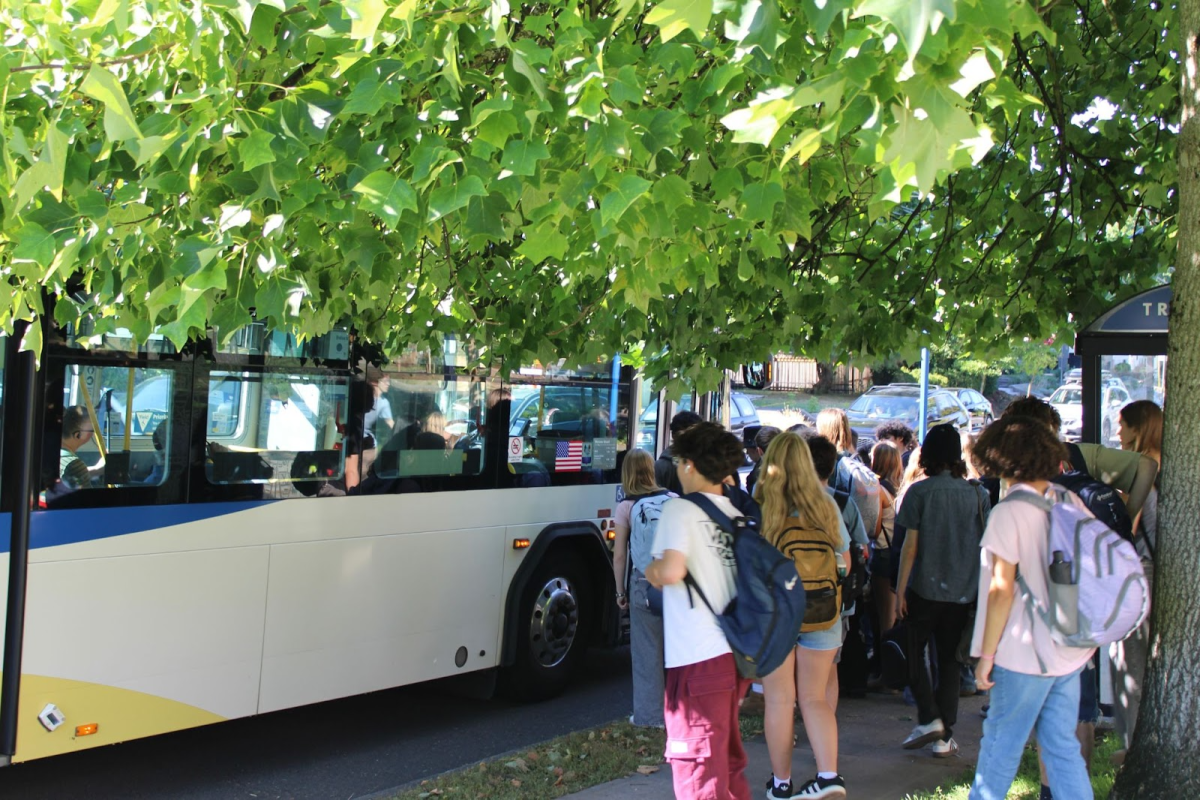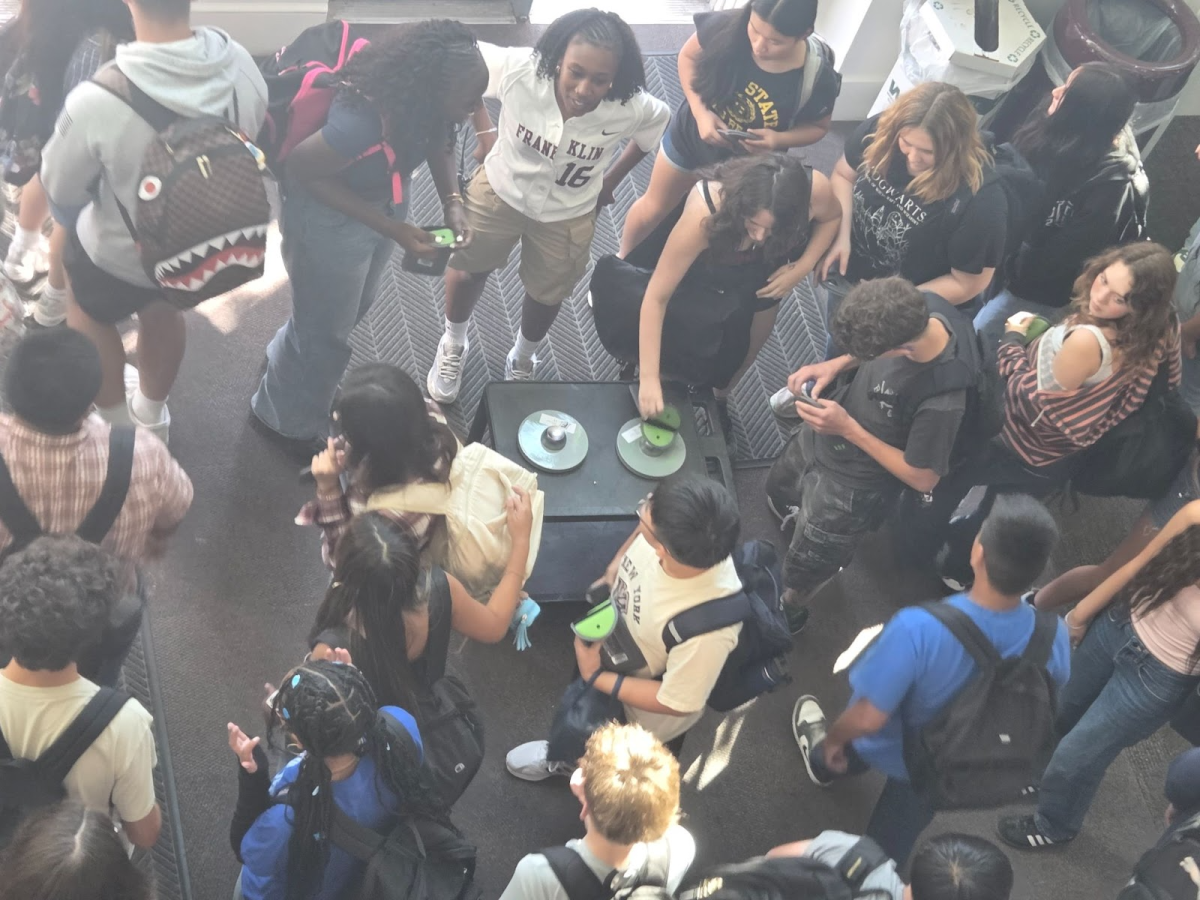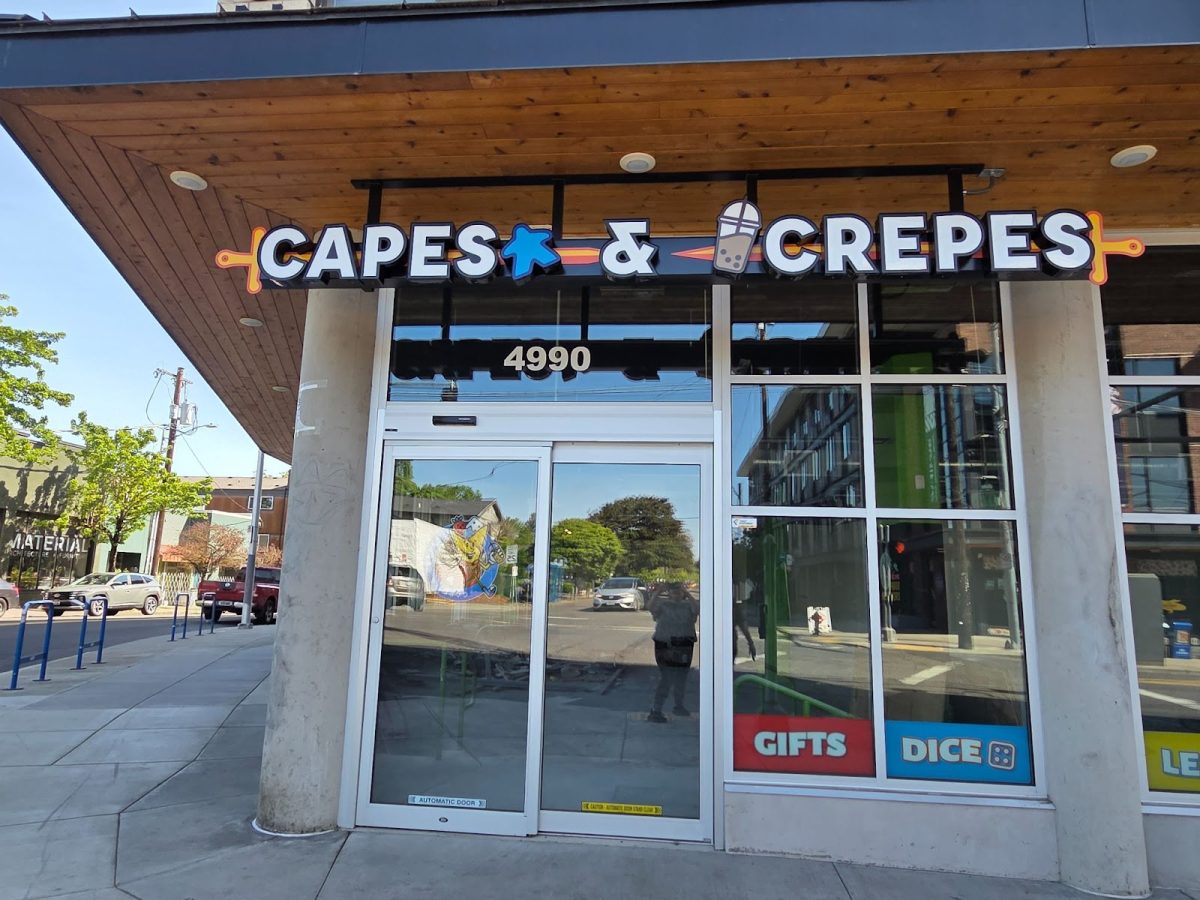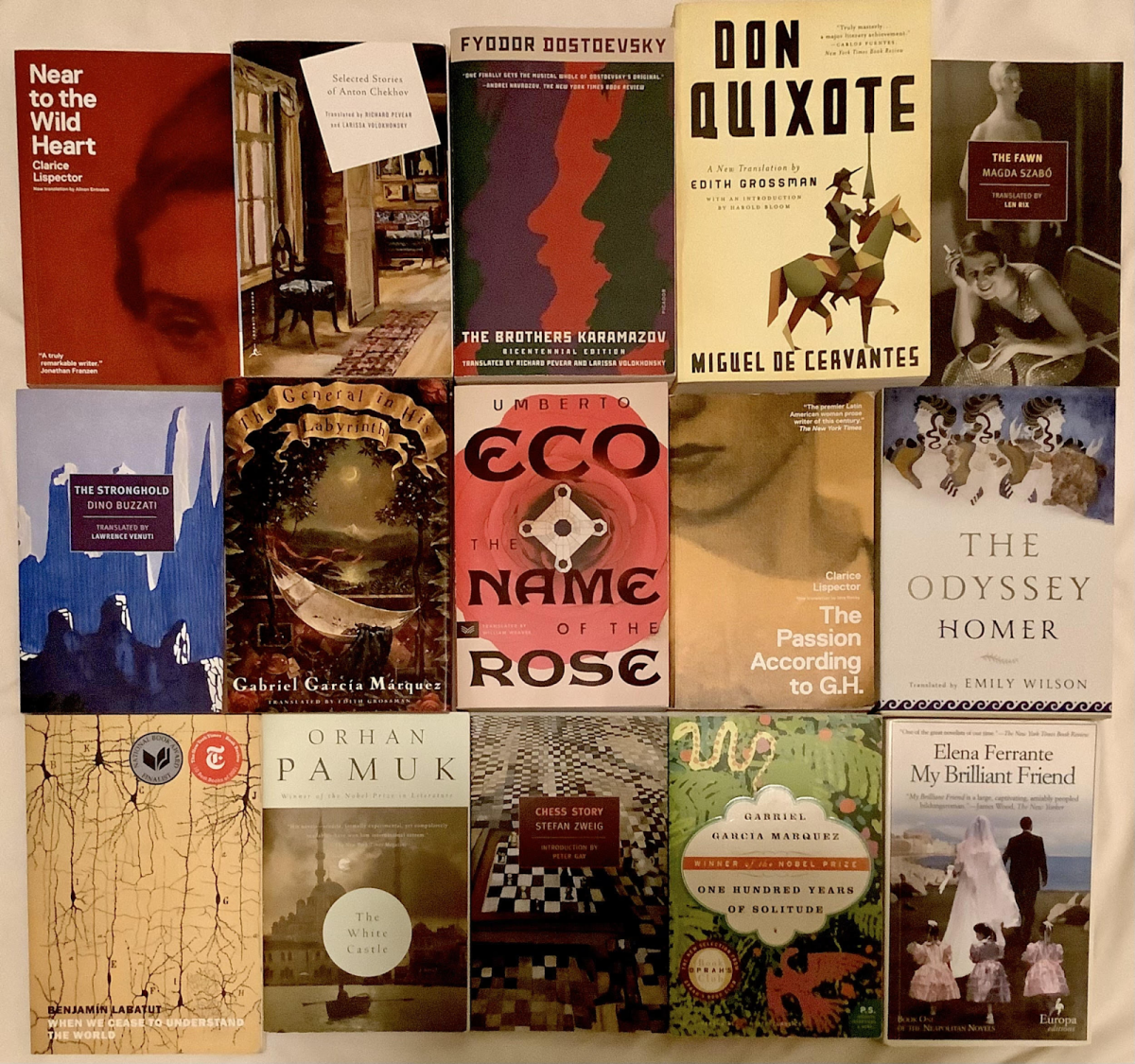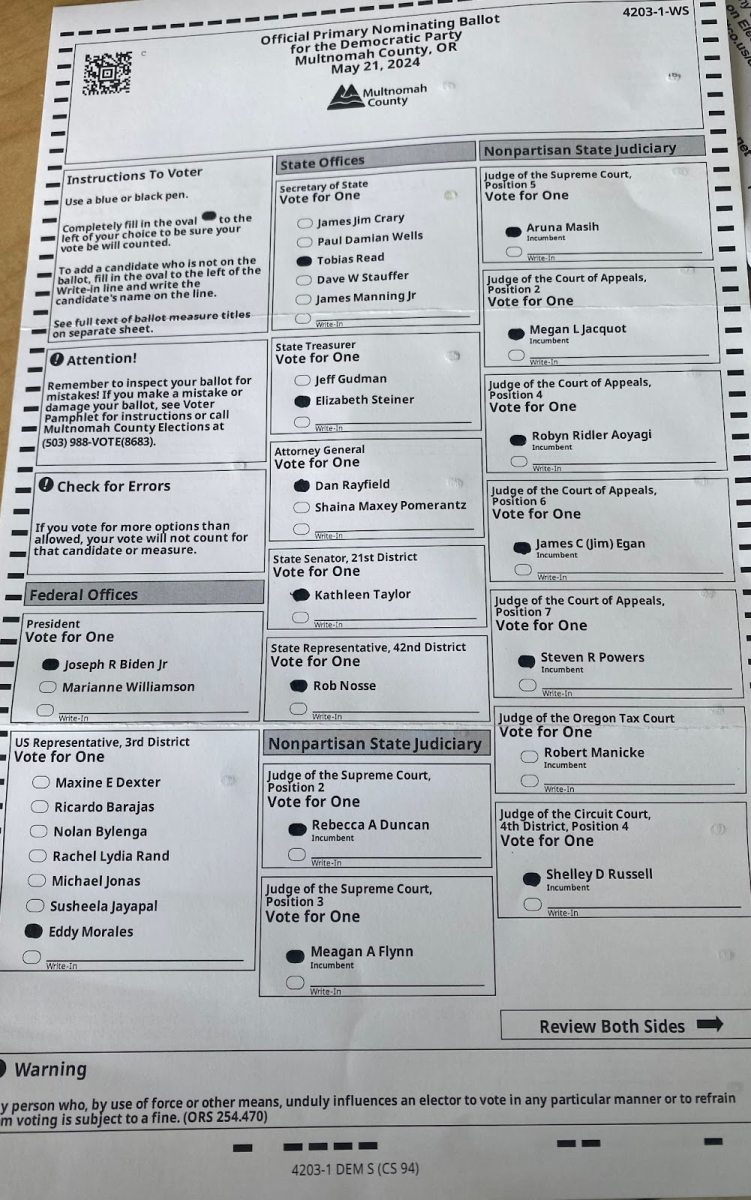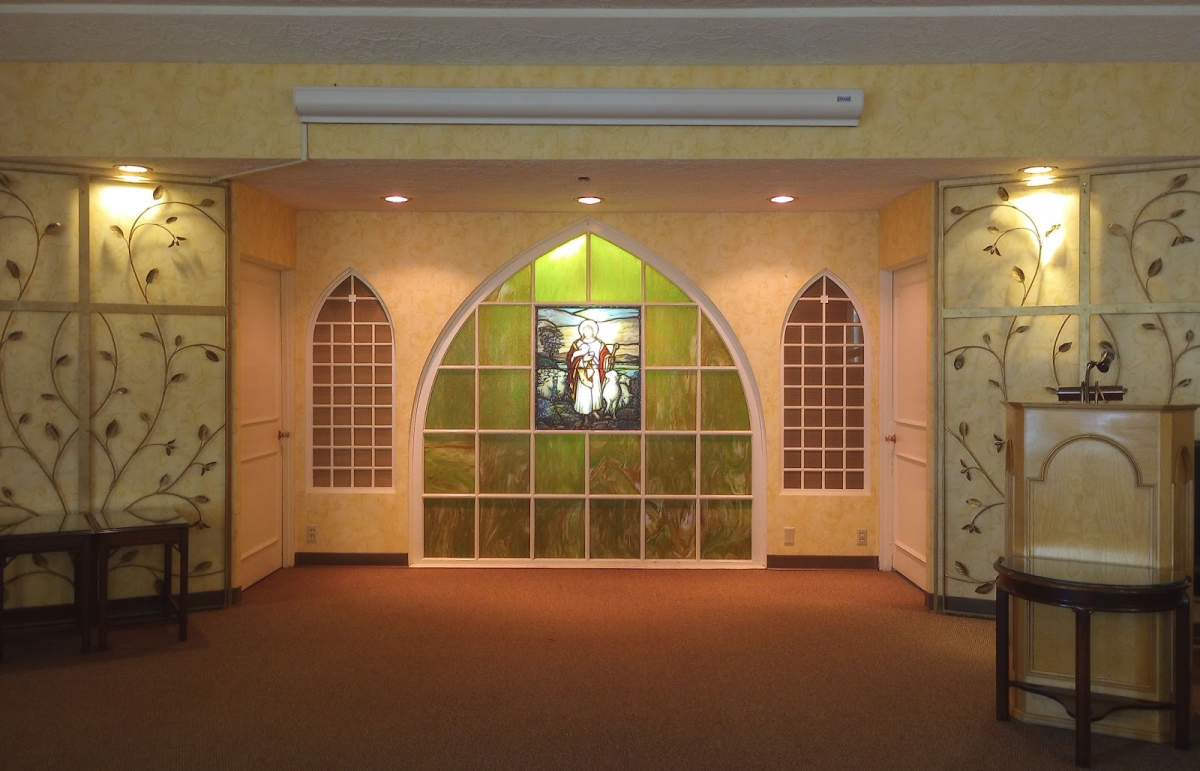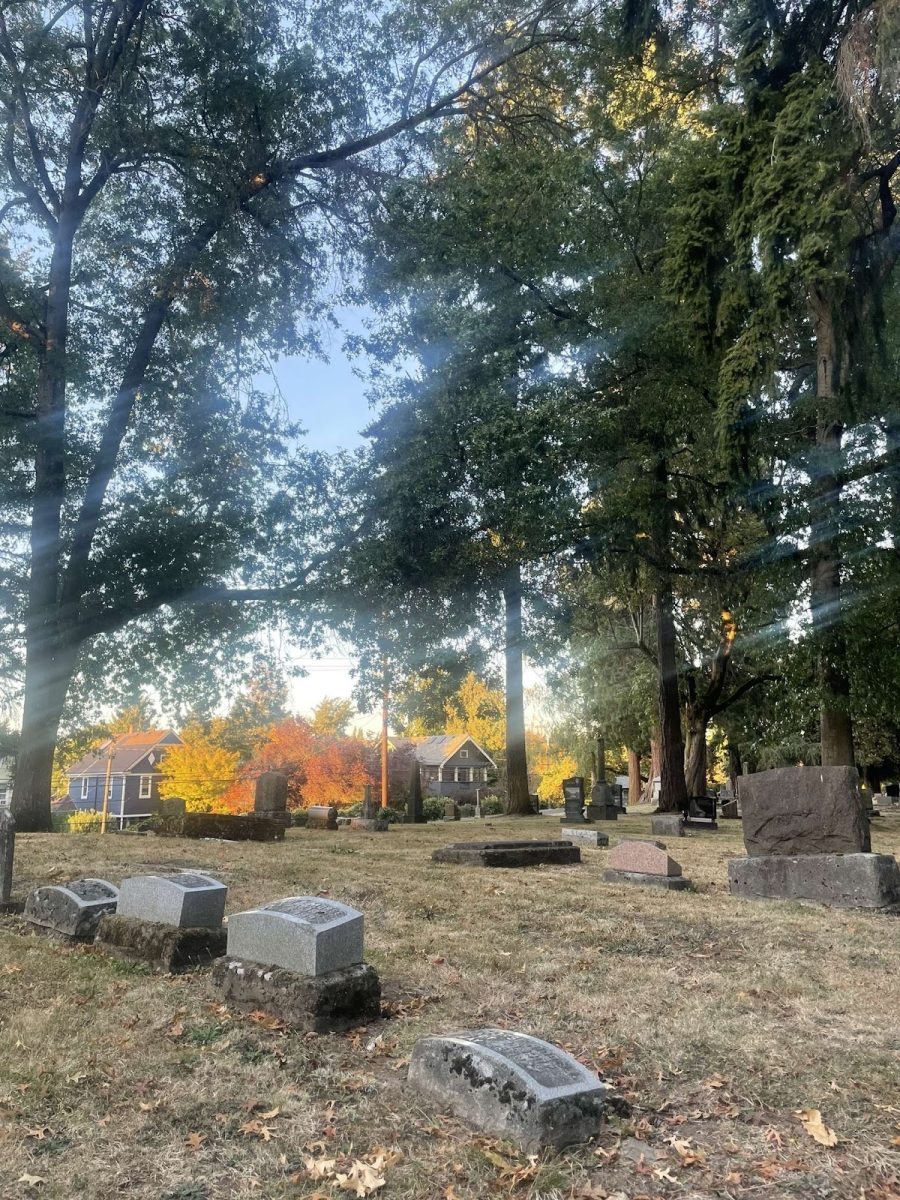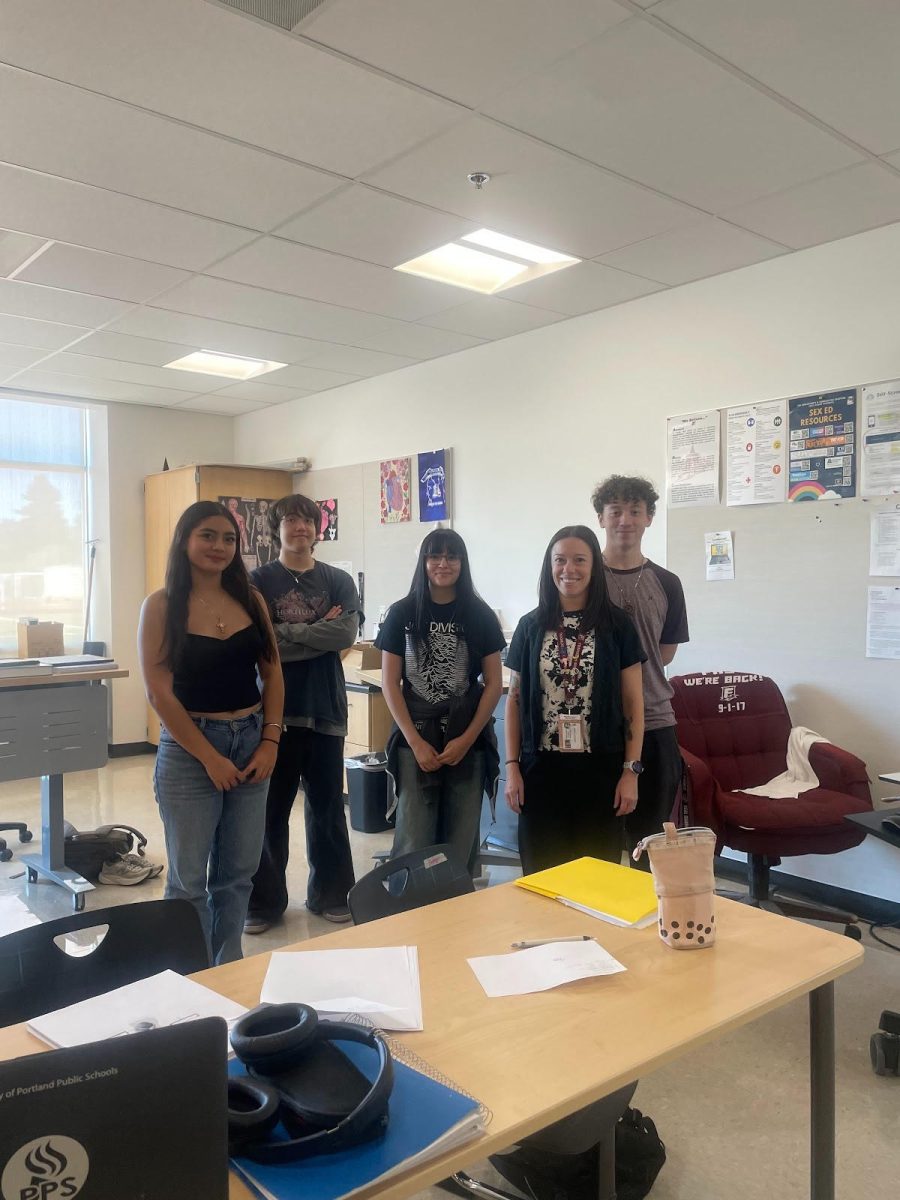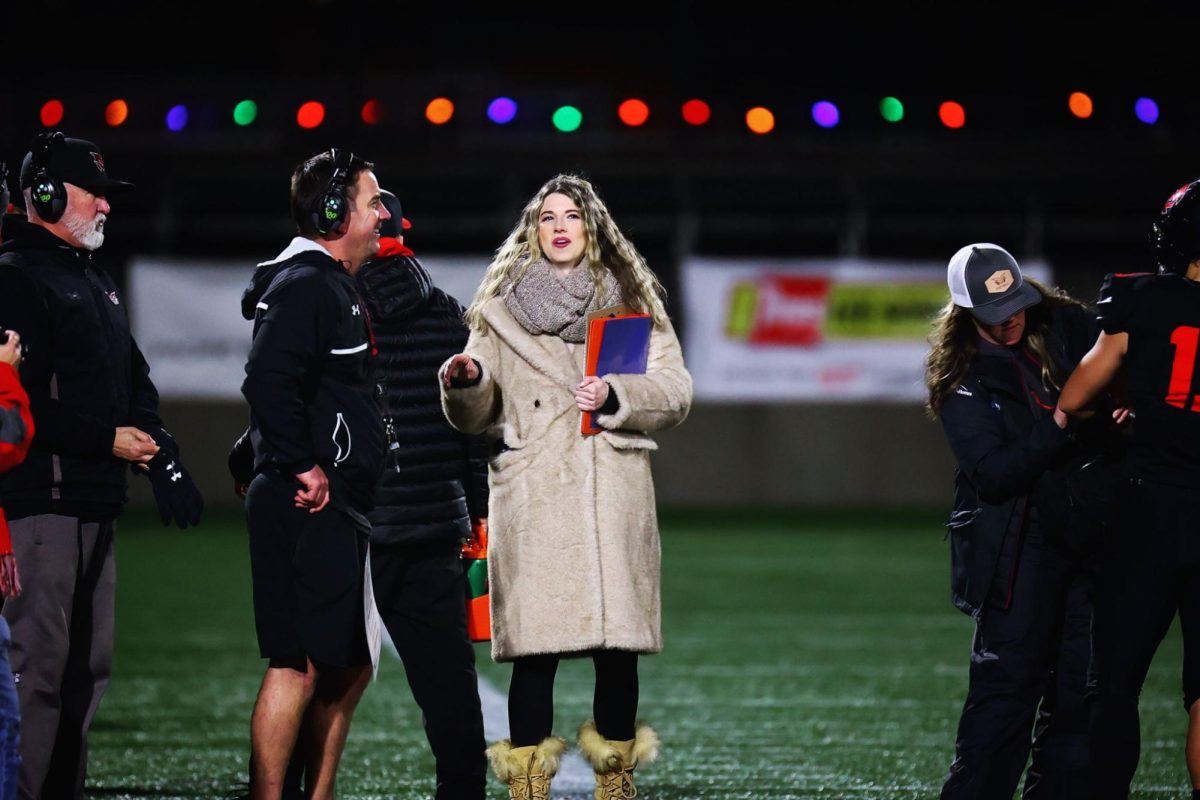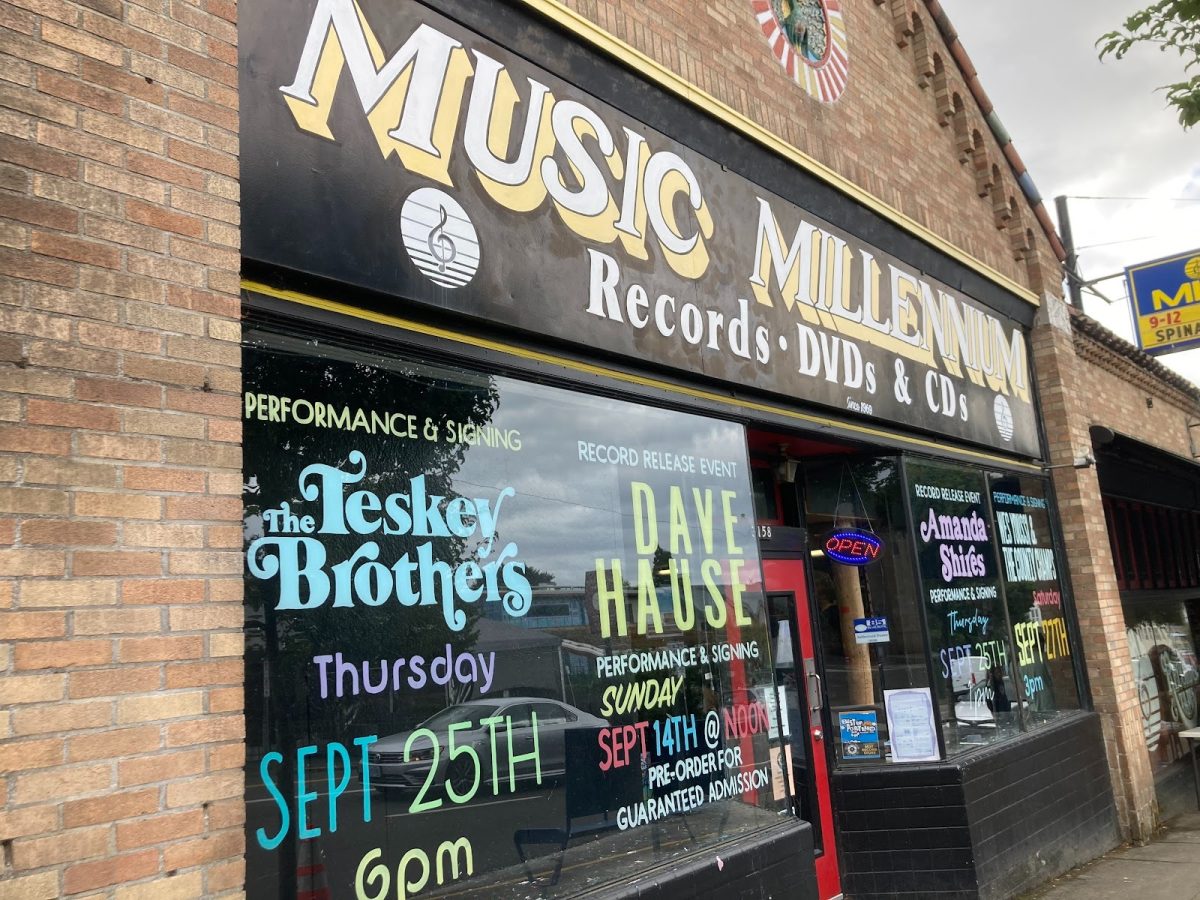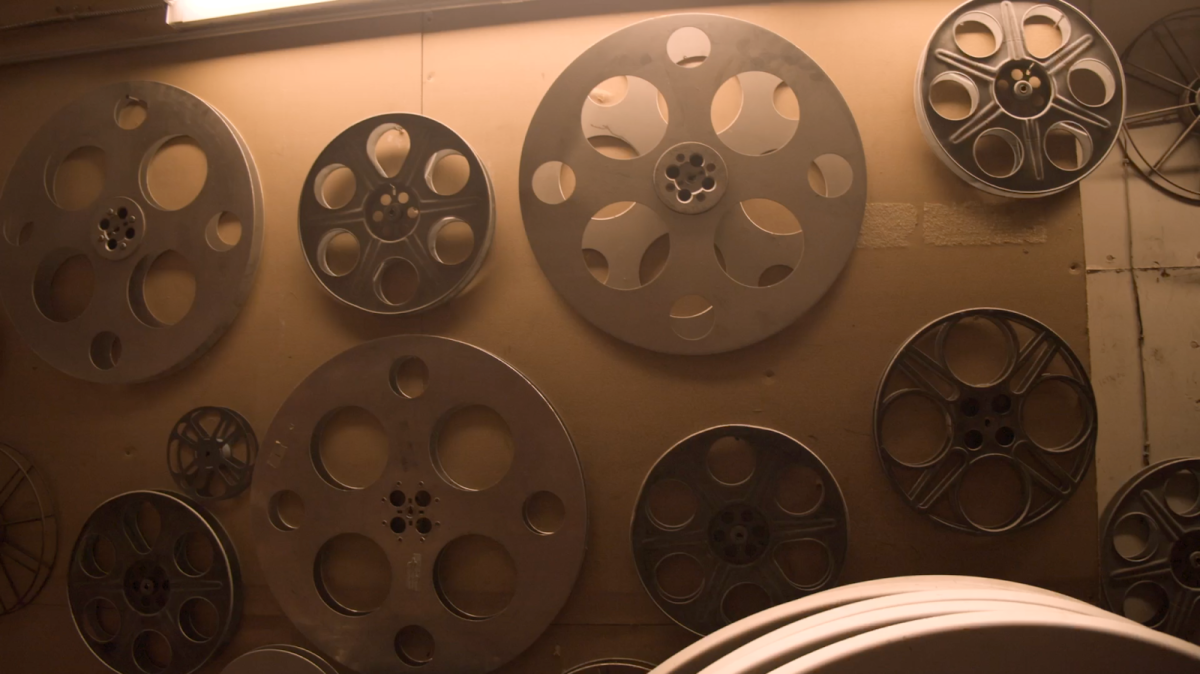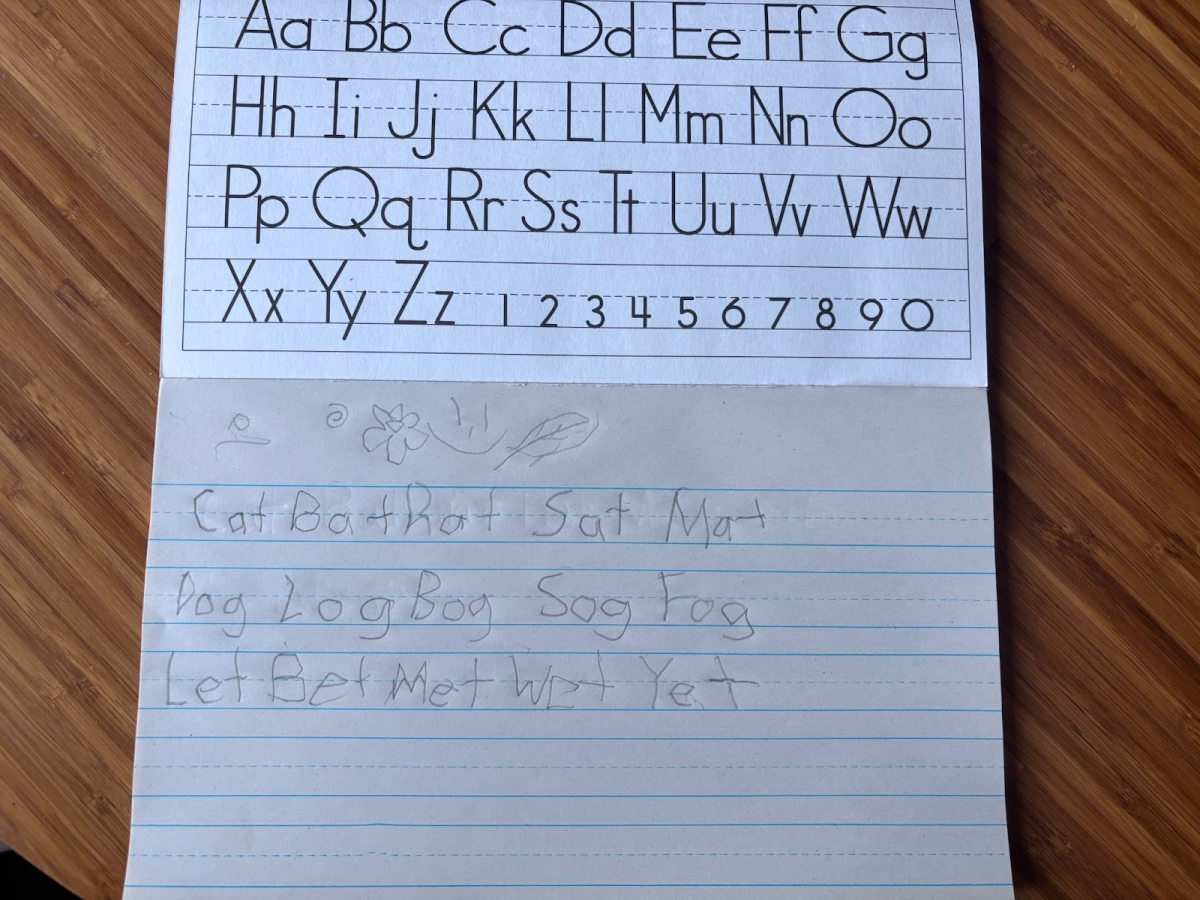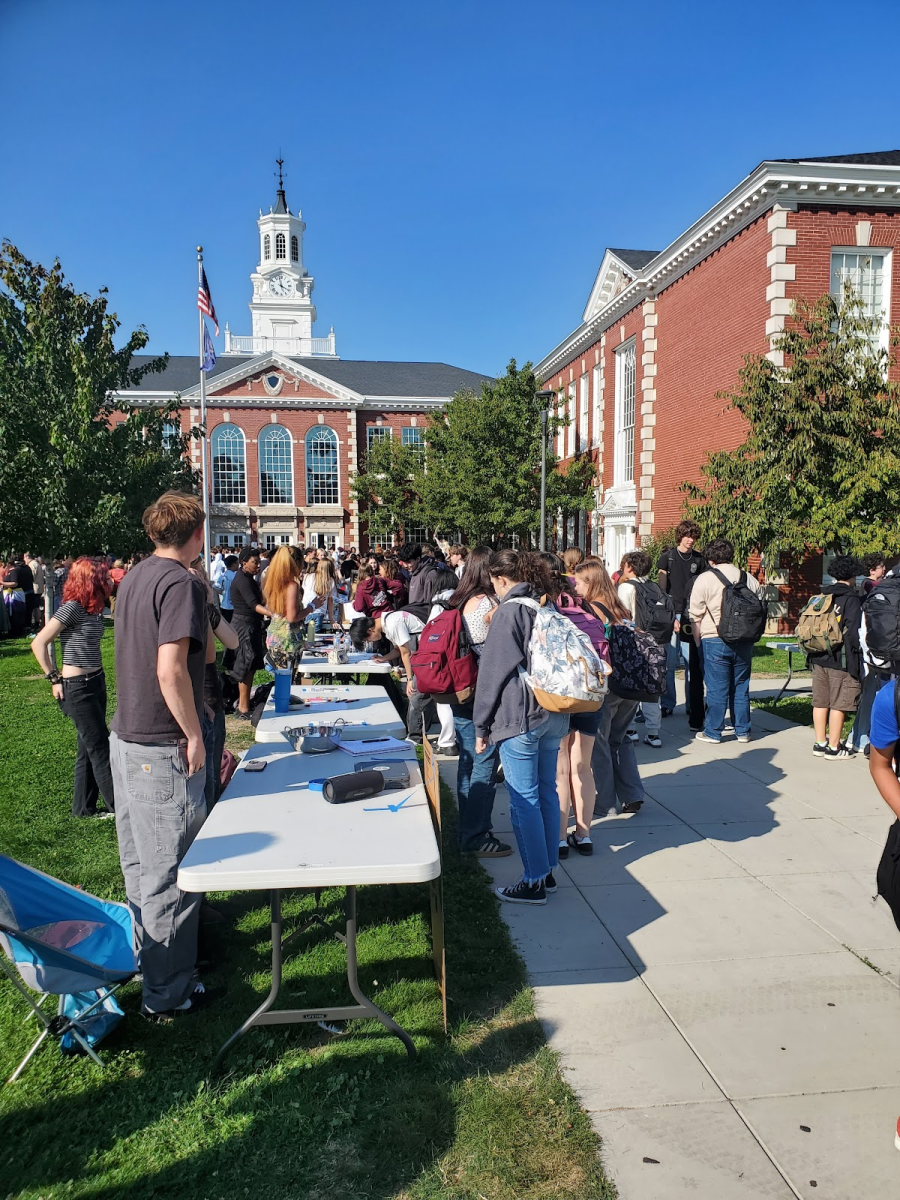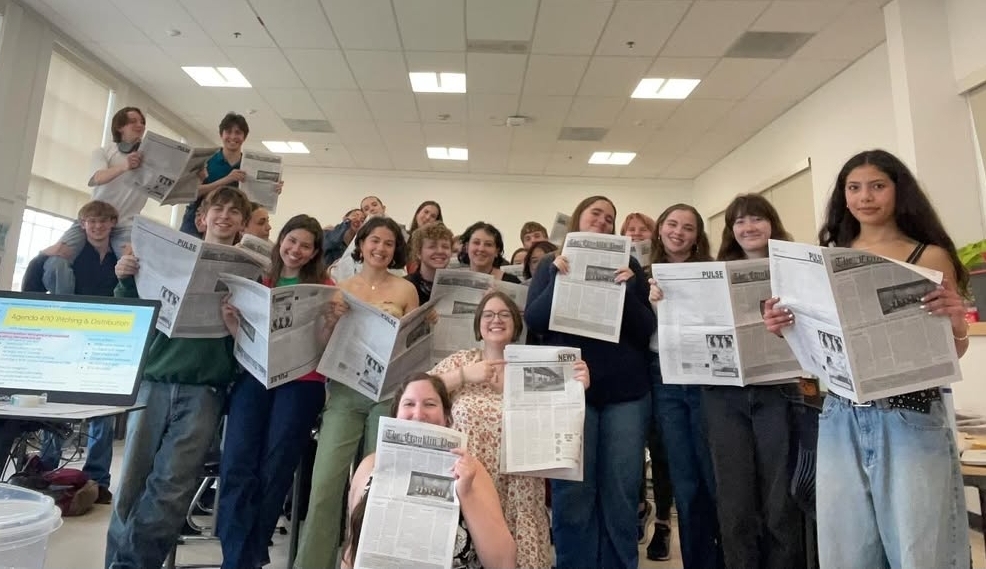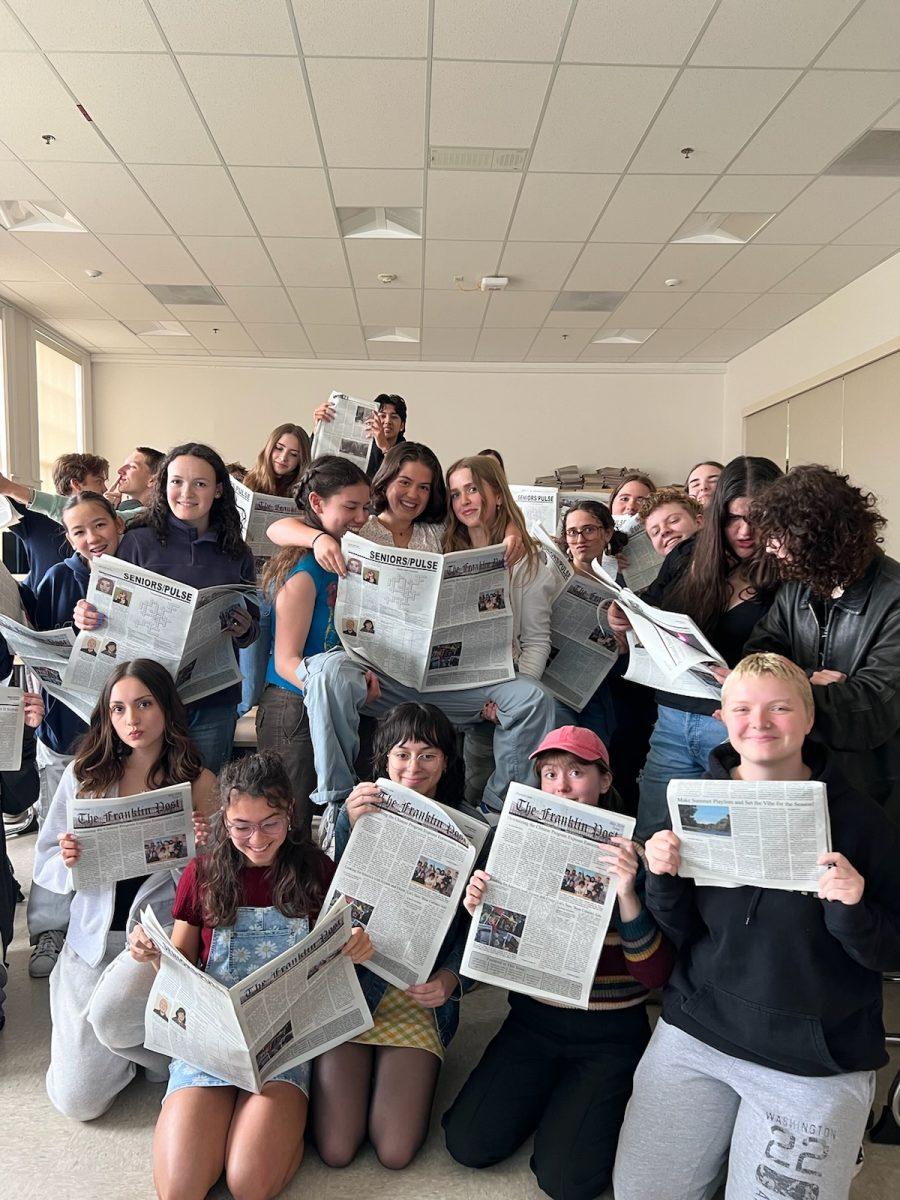
As an eighth grader on the verge of promotion to high school, opening the Franklin Course Guide to forecast felt like opening up a world of possibilities. With just two spots for electives in my freshman schedule, how was I to decide between acting, robotics, culinary arts, and the plethora of other classes that hadn’t been an option in middle school? Determined to try everything, choosing just a few seemed impossible.
As exciting as it was at first, the glory of this endless opportunity faded as I became an upperclassman. At that point, the question of what was to come after high school was becoming much bigger, and for me the answer was in the arts. What I did not anticipate about this was suddenly having to comb through the pages that once held almost too many choices to find more challenging arts courses. Though there are a good number of higher-level classes available amid each year’s offerings, only a handful of them meet the gold standard of Advanced Placement (AP).
AP classes provide an opportunity for students to push themselves and get the experience of a college-level course and workload. While teachers still craft their own curriculums, learning targets and guidelines are set by the College Board, a non-profit organization that aims to assist students in finding and preparing for their ideal college experience. Choosing to take on the challenge of Advanced Placement is an impressive addition to college applications, as is the higher GPA that comes with performing well in such classes. Additionally, a score of 3 or above on the end-of-year exams put on by the College Board means earning college credits that are accepted by many universities across the country.
With all that AP classes offer, they’re an attractive option to many students. However, while students interested in STEM can select from eight classes, three in math and five in science, those hoping for an extra challenge in subjects based in the arts have a smaller pool to pick from. In fact, it comes down to only two options: AP Music Theory and AP Studio Art-2D Design.
What is most surprising about this is the contrast against the general art community at Franklin. Arts programs, whether they be dance, woods and metals, or video production, generally flourish and attract large numbers of students. Beyond that, many students from beginner classes stay in the program for the intermediate and advanced ones offered in later years. These students are also great contributors to the Franklin community, putting much of their time into shows to perform for students and families, or crafting artwork that can be displayed around the school. With such recognition and celebration of students’ creative work, the lack of AP opportunities feels like a missing piece.
Despite this, it’s important to remember the many factors at play in offering AP options. Including new classes in the course guide means juggling student interest, resource availability, and the College Board’s guidelines for each AP course. It also requires at least one teacher that’s willing to go through the necessary training, and provide their students with the extra level of assessment and feedback necessary for a college-level course. This becomes even more difficult to provide when the content of a class requires some prerequisite or previous knowledge, as it shrinks the number of eligible students. Unfortunately, that pitfall applies to the arts in cases such as AP Music Theory, where some experience with music is highly recommended. Still, Franklin’s administrative team does all they can to navigate those barriers and provide the courses that students are looking for. “We’re always looking for ways to expand,” said Franklin High School Vice Principal Julie Rierson. “We want to meet students’ needs and [respond to] what students are telling us [they] want.”
Franklin’s AP courses do cover many core subjects such as math, science, and the humanities. This gives students the chance to earn credit in more general classes before they graduate, allowing them to get some of the basic college courses out of the way through the College Board exams in order to save money and create more time to devote to their major. It also connects to one of the goals of Trevor Packer, the head of the Advanced Placement program. According to his brief bio on the College Board website, since taking the lead of the program in 2003, he’s emphasized “a redesign to focus AP courses and exams on the knowledge and skills most essential for college success.”
However, college credit is just one of several purposes that Advanced Placement classes serve. A large benefit of the AP experience is getting exposure to more challenging courses to prepare for college, and diving deeper into a subject of particular interest. It’s these elements that students hoping to pursue the arts as a career are missing out on. Additionally, as much as anyone will warn you not to take an AP class for the purpose of looking good on applications, it’s true that admissions counselors often consider both GPA and the rigor of courses a student chooses for themselves when looking at potential candidates.
Ultimately, it’s not a question of which programs most deserve the opportunity of AP classes. The career or college paths of high school students are all equally important, but they’re extremely diverse, and the AP course offerings can only reflect that variety so well. While there can never be enough classes to meet the precise needs of every student, it’s important to acknowledge where there are imbalances in the current options, and consider all of the benefits of an AP course.

